Droogmakerij de Beemster (Beemster Polder)
By Daniela
What is Beemster Polder?
Beemster Polder (or Droogmakerij de Beemster in Dutch) is an amazing example of the Dutch water management genius. It’s the first patch of land the Dutch ever reclaimed from lakes, and it laid the foundations for what would become something quite natural for the Netherlands – draining lakes and marshes and creating land. Today, about 60% of the country’s territory consists of reclaimed land.
Disclosure: This article contains affiliate links. Making a purchase through an affiliate link will mean a small commission for this website. This will not affect your price.
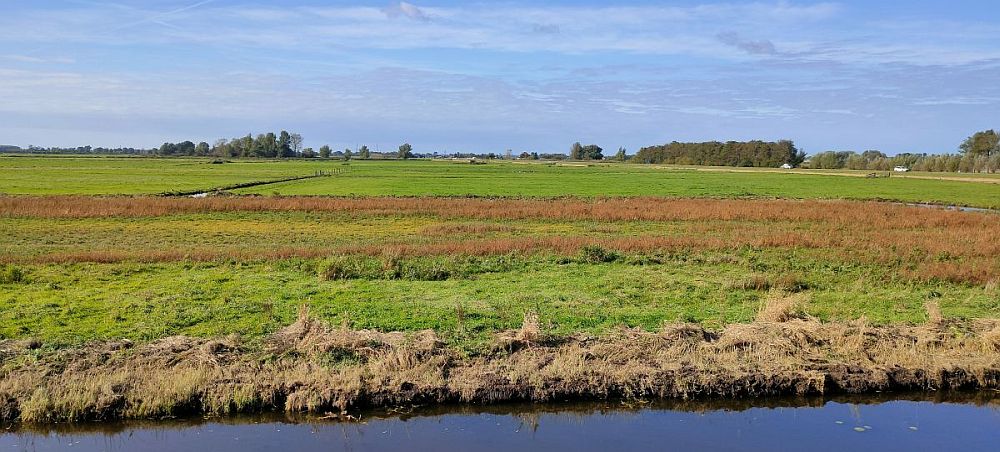
The area that is today known as Beemster had become a large lake in the 12-13th century through peat extraction – it was used for fuel – and constant floods. At the beginning of the 17th century a plan was laid to drain the area through a system of 43 windmills and dikes which led to the creation of a polder – fertile farmland on reclaimed land, suited for growing crops. This was an unprecedented economic success and the following years the Schermer and the Heerhugowaard polders followed.
What is unique about the Beemster Polder is that the reclaimed land was divided into 2:3 rectangular plots which were arranged then in squares – the canals and the streets in a grid pattern ran parallel and connected at right angles. Beemster Polder became the embodiment of the Renaissance town planning ideals.
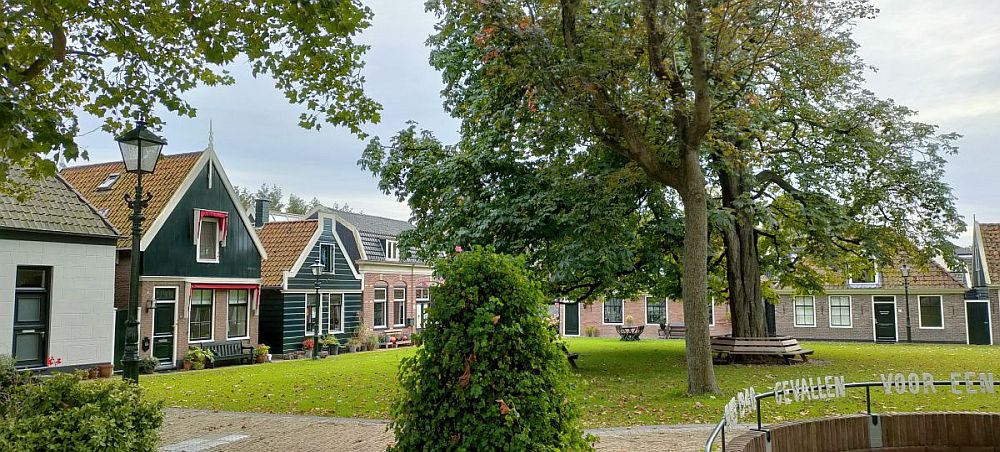
Why is Beemster Polder a UNESCO World Heritage site?
Beemster Polder became a UNESCO World Heritage Site in 1999 because of its uniqueness and historical importance. According to UNESCO, Beemster Polder “is a masterpiece of creative planning, in which the ideals of antiquity and the Renaissance were applied to the design of a reclaimed landscape. The innovative and intellectually imaginative landscape of the Beemster Polder had a profound and lasting impact on reclamation projects in Europe and beyond.”
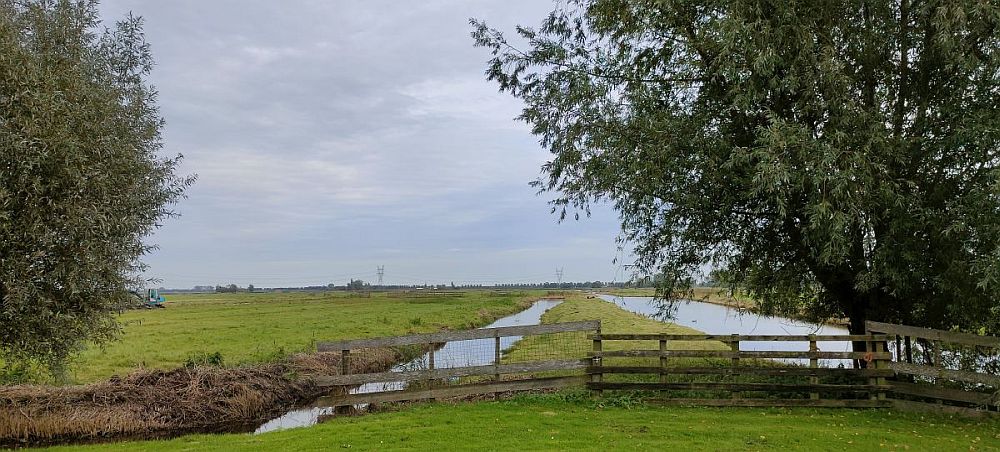
What can you expect on a visit to Beemster Polder?
You can start exploring the area with a visit to the local tourist office located in Middenbeemster. Then you can choose to explore the area on foot, by bike, or by just driving around. There are four lovely villages in the polder: Middenbeemster, Westbeemster, Noordbeemster, and Zuidoostbeemster, with Middenbeemster being the most touristy one.
When exploring the area, pay attention to the traditional farmhouses, which have been preserved almost intact through the centuries. They are characterized by a raised shed roof in the form of a pyramid and are known in Dutch as stolpboerderij. In Middenbeemster there is also an Agrarian Museum and a grain mill (De Nachtegaal) that are interesting to visit.
Is the Beemster Polder worth visiting?
If you are expecting breathtaking landscapes or gorgeous buildings, you will be disappointed. Beemster Polder has a different kind of beauty and charm. It’s a cultural landscape frozen in time that will take you back to the 17th century.
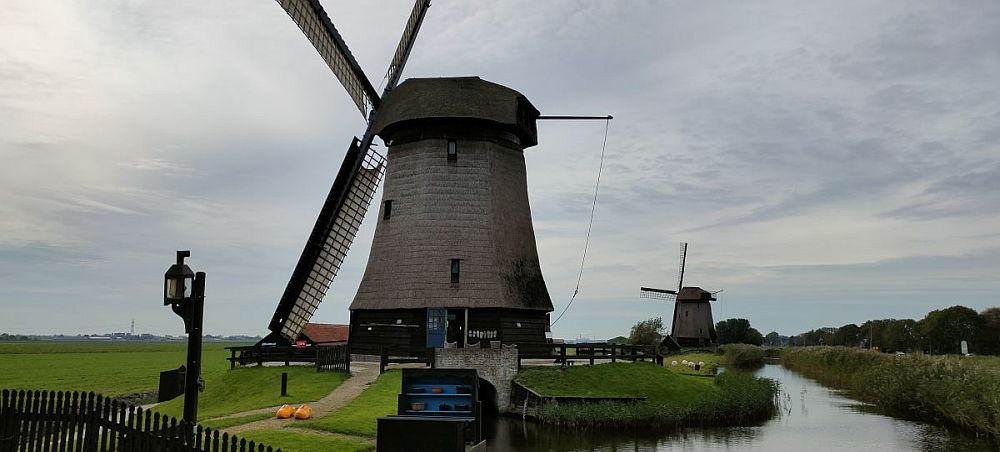
What sorts of travelers would like the Beemster Polder?
Beemster Polder is interesting for those who are fascinated by history, water management and town planning. The area is tranquil, without big cities and huge attractions, so those who want to detox from the busy city life will appreciate the place.
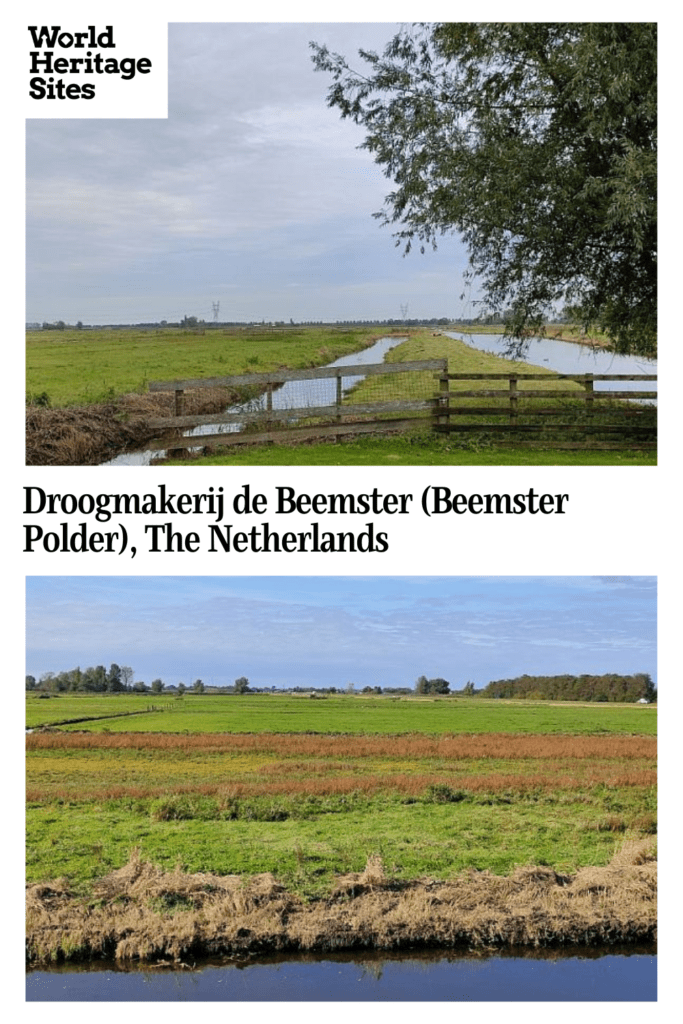
Tips for visiting Beemster Polder
Beemster Polder is the perfect destination for a day trip from Amsterdam. There’s also another UNESCO World Heritage Site located in the area – five forts from the Defense Line of Amsterdam, which is now part of the Dutch Water Defense Lines. So, with one trip you can visit two UNESCO sites – three if you count Amsterdam’s canal rings! You can also combine a visit to Beemster with a visit to De Rijp, one of the most beautiful villages in the Netherlands, and to the Museum Mill, one of the 11 Schermer windmills, located at the northeastern tip of the Beemster Polder.
A must-try when visiting Beemster is the local cheese – the famous Beemster cheese, made from milk from cows that graze, of course, in the Beemster Polder. You can check out the CONO Cheese Shop in Westbeemster on Rijperweg 20.
Find your accommodations in Amsterdam by searching on the map below:
Where is Beemster Polder?
Beemster Polder is located some 30 km (19 miles) to the north of Amsterdam, and it covers an area of about 70 sq. km. (27 sq. mi.). The best way to discover the polder is to travel to the heart of the area – the village of Middenbeemster – and from there explore the surroundings.
If you travel by public transport from Amsterdam, take R-NET line 305 from Amsterdam Centraal and get off in Middenbeemster (bus stop De Buurt). There are also organized day tours from Amsterdam that include a visit to Beemster Polder.
For more information about the Beemster Polder, see its official website (available only in Dutch; use Google translate).
Have you been to Beemster Polder? If so, do you have any additional information or advice about this UNESCO World Heritage site? Please add your comments below!
Text and photos provided by Daniela of Ipanema Travels and Exploring the Netherlands.
